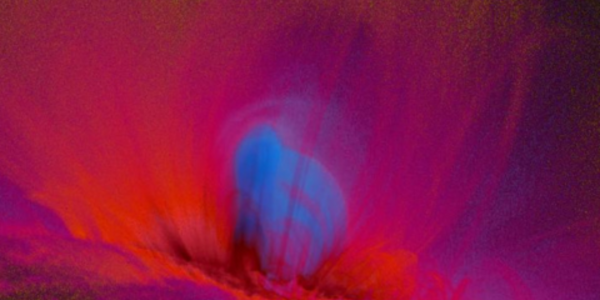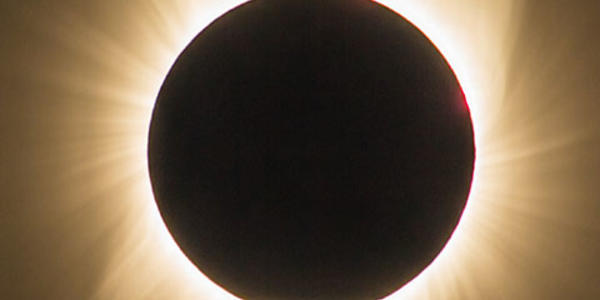The former National Geophysical Data Center (NGDC), which merged with two other NOAA data centers to become NCEI in 2015, released many datasets in print publication form. These publications are archived at NCEI and provide access to a wide variety of legacy space weather data. Most of these datasets have been digitized in some form and are available as individual datasets linked in the relevant subject pages.
NOAA NCEI acquired these legacy data sets from multiple sources over many decades. The data presented here are provided, ‘as is,’ and in most cases the linked documentation is the entirety of available information.
Questions and comments may be directed to ncei.info@noaa.gov.
Publications
Monthly summary of geomagnetic activity (1985 - 2015): prompt and comprehensive report with tables of three hour Kp indices, daily Ap index, Cp index, An,As,Am index and provisional aa indices. Readme
Greenwich Photo-Heliographic Results (GPR)
Greenwich Photo-heliographic Results - GPR (1874 – 1976): [Greenwich Observations (1874 – 1955); Royal Greenwich Observatory Bulletins (1956 – 1961); Royal Observatory Annals (1962 – 1976)].
These publications provide tabulations of the measured positions and areas (umbral and umbral plus penumbral) of every sunspot group for most days of the year. The positions are referred first to a system of apparent polar coordinates (radial distance and position angle) on the Sun’s disk and second to a system of heliographic coordinates (latitude and Carrington longitude) on the Sun’s surface. The measured areas (in polar coordinates), or the “projected areas” on the solar photographs, are corrected for foreshortening and the resulting corrected areas (in heliographic coordinates) are expressed in millionths of the Sun’s visible hemisphere. Readme
International Geophysical Calendar
The International Geophysical Calendar (IGC) is prepared by the Secretary of World Days of the International Space Environment Service. At NCEI, we archive the IGC from 1957 to 2018. One can also find the reports from 2010 to present at http://www.spaceweather.org/ISES/info/geocal/geocal.html
Monthly 2-page circular distributed between 1995 and 2015 tabulating daily values of sunspot numbers, F10.7 (10.7 cm solar radio flux) and other 8 wavelengths fluxes. The bulletin also provided a table of smoothed monthly mean sunspot numbers for the correspondent solar cycle, including predicted values.
Solar-Geophysical Data (SGD) Reports
Monthly publication compiled by the National Geophysical Data Center (NGDC, currently NCEI) between 1955 and 2009. The publication was divided into two parts: Prompt Reports (containing data for 1 and 2 months prior to the month of publication, plus late data) and Comprehensive Reports (containing data for 6 months prior to the month of publication, plus late and miscellaneous data).
Upper Atmosphere Geophysics (UAG) Reports
Upper Atmosphere Geophysics (UAG) reports were a series of 105 reports published by the National Geophysical Data Center (NGDC, currently NCEI) between 1968 and 1996. They cover a variety of subjects such as compiled reports of special events, or specialized data collections, or other information or material of special interest to the solar-terrestrial physics community. List of the UAG volumes: https://www.ngdc.noaa.gov/stp/space-weather/online-publications/stp_uag/documentation/stp_uag-list.pdf



